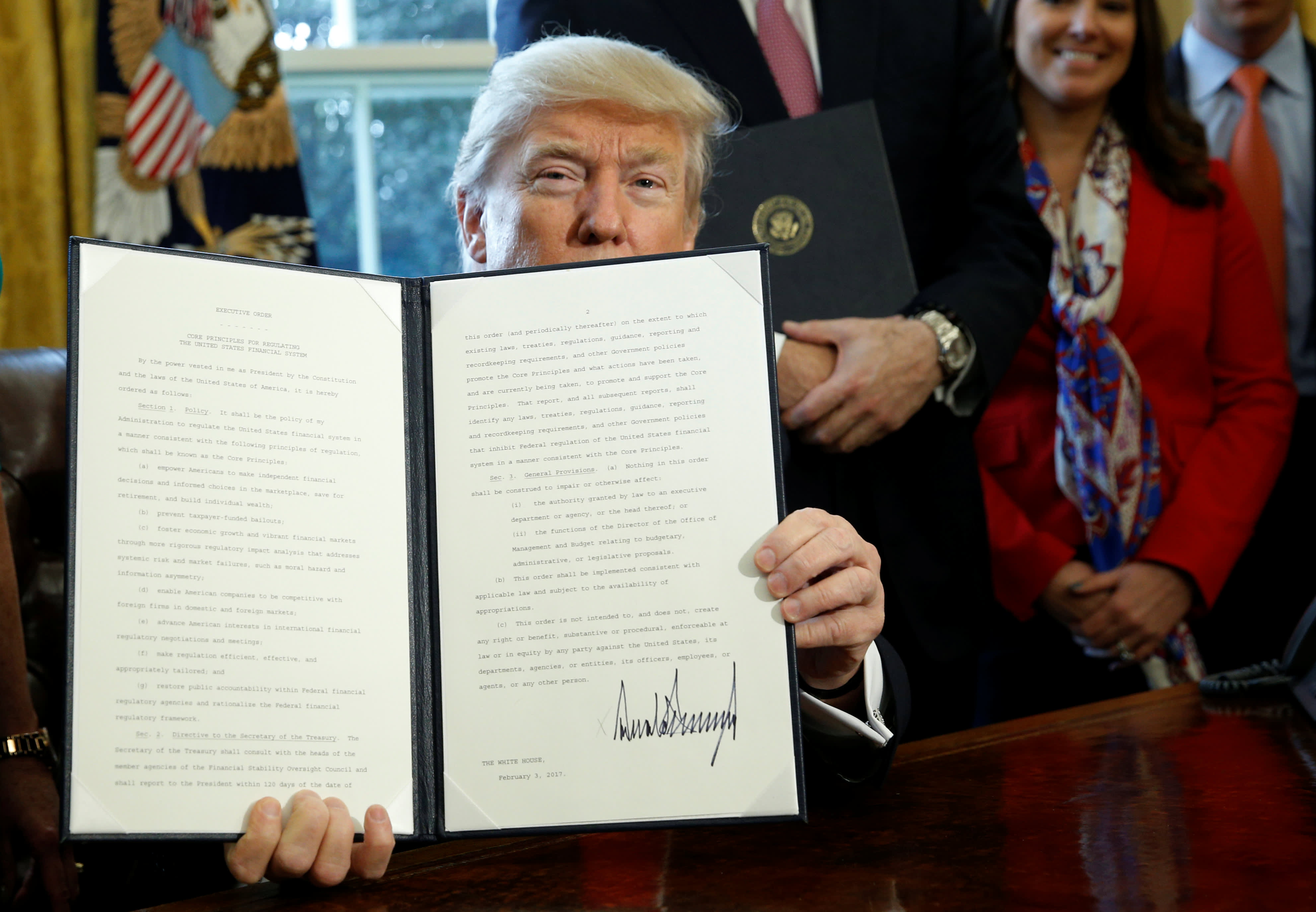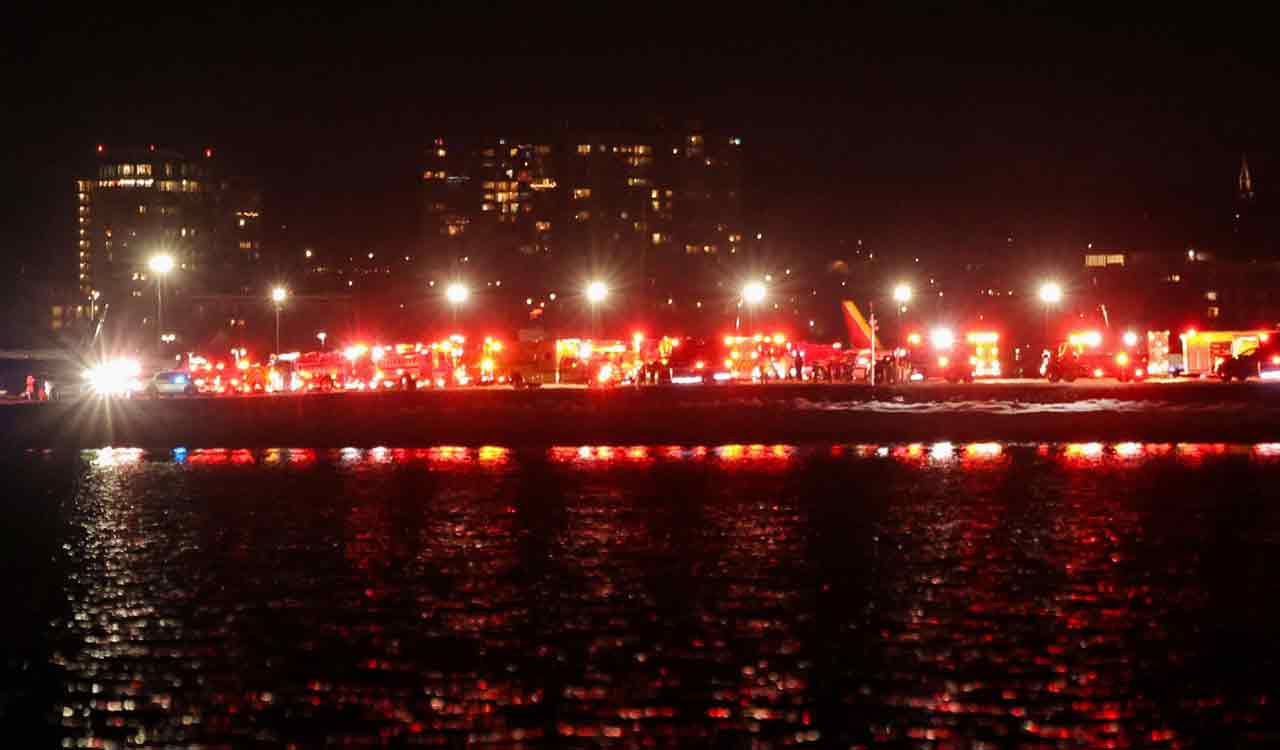Sanctuary Cities And States: New Executive Order From Trump

Table of Contents
Key Provisions of the Executive Order
The Trump administration's executive orders on sanctuary jurisdictions aimed to pressure these localities into cooperating more fully with federal immigration enforcement. These orders primarily focused on restricting federal funding to jurisdictions deemed non-compliant. Crucially, the definition of "sanctuary city/state" itself remained ambiguous, leading to considerable legal challenges.
-
Funding Restrictions: The executive orders threatened to withhold various types of federal funding, including:
- Law enforcement grants (e.g., Byrne JAG grants)
- Infrastructure funding (e.g., transportation grants)
- Community development block grants
-
Law Enforcement Cooperation Mandates: The orders sought to compel local law enforcement agencies to cooperate with Immigration and Customs Enforcement (ICE) in detaining and deporting undocumented immigrants. This often involved requiring local police to hold individuals for longer periods beyond their release date, allowing ICE agents more time to arrive.
-
Legal Basis: The administration argued that the executive orders were justified under its constitutional authority to enforce federal immigration laws and its power to condition the receipt of federal funds on compliance with federal requirements.
-
Defining "Sanctuary": The lack of a uniform legal definition of "sanctuary jurisdiction" created significant challenges. Some jurisdictions explicitly limited cooperation with ICE, while others merely had policies that prioritized addressing local crimes over immigration enforcement. This variation made it difficult to determine which jurisdictions were truly violating the executive order's stipulations. For example, some cities might prioritize responding to violent crimes before immigration status, while others might completely refuse to participate in immigration detention requests.
-
Legal Challenges: The executive orders faced immediate and significant legal challenges, with numerous lawsuits filed by sanctuary cities and states arguing that the orders were unconstitutional and exceeded the president's authority. Many argued that they violated the Tenth Amendment, which reserves powers not delegated to the federal government to the states and the people.
Impact on Funding for Sanctuary Jurisdictions
The potential financial consequences of the executive orders for sanctuary jurisdictions were severe. The loss of federal funding could have crippled vital public services, leading to budget cuts in law enforcement, infrastructure projects, and social programs.
-
Specific Funding Impacts: The threat of losing federal grants forced many cities and states to reassess their policies. The exact financial impact varied greatly depending on the extent of federal funding received by each jurisdiction and its willingness to change its policies.
-
Budgetary Strain: Even the threat of funding loss created budgetary uncertainty and hampered long-term planning for these jurisdictions. Many were forced to allocate resources to fight legal battles rather than focus on core services.
-
Economic Ripple Effects: The loss of funding could have broader economic impacts on affected communities, affecting employment, business investment, and overall economic growth.
-
Legal Challenges to Funding Withholding: Sanctuary jurisdictions challenged the legality of withholding funds, arguing that the federal government could not condition funding on compliance with policies that infringed upon states' rights.
Reactions and Legal Challenges
The executive orders sparked intense political and legal battles. Sanctuary jurisdictions reacted with defiance, filing numerous lawsuits and issuing public statements condemning the orders as an attack on local autonomy and immigrant communities.
-
Legal Responses: Numerous lawsuits challenged the executive orders on various constitutional grounds, including violations of due process, equal protection, and the Tenth Amendment.
-
Public Discourse: The issue fueled intense public debate, with supporters arguing that the orders were necessary for national security and immigration enforcement, while opponents argued that they were discriminatory and undermined local control.
-
Stakeholder Perspectives: The debate involved diverse perspectives from local officials, law enforcement agencies, immigration rights advocates, and community leaders. Each side presented compelling arguments based on their unique perspectives and priorities.
-
Prominent Legal Cases: Several significant legal cases arose from the implementation of the executive orders, shaping the ongoing legal battle surrounding sanctuary cities and states. These court cases tested the limits of federal authority in enforcing immigration laws.
The Broader Context of Immigration Policy
The executive orders on sanctuary cities are part of a broader pattern of immigration policies implemented by the Trump administration. These policies aimed to tighten border security, increase deportations, and reduce illegal immigration.
-
Overall Immigration Goals: The stated goal was to strengthen border security, deter illegal immigration, and enforce existing immigration laws more effectively.
-
Policy Effectiveness: The actual effectiveness of these policies in achieving their stated goals is a subject of ongoing debate. Data analysis on the results is mixed, and subject to various interpretations.
-
Social and Political Ramifications: These policies have had far-reaching social and political consequences, affecting immigrant communities, law enforcement, and the overall national dialogue on immigration reform.
-
Further Implications: The legacy of these policies continues to influence the national debate on immigration reform, influencing subsequent administrations and contributing to the complexities of immigration policy in the United States.
Conclusion: The Future of Sanctuary Cities and States Under the Trump Executive Order
The Trump administration's executive orders on sanctuary cities and states represent a significant chapter in the ongoing national debate on immigration. The orders' key provisions, their impact on funding, and the subsequent legal and political battles significantly shaped the relationship between federal and local governments in addressing immigration enforcement. While the immediate legal challenges to these orders produced varied outcomes, the underlying tension between federal authority and local autonomy remains a key feature of the ongoing immigration debate. Stay informed about the ongoing developments regarding sanctuary cities and states and their impact on immigration policy. Learn more about the legal battles surrounding Trump's executive order on sanctuary cities and the broader implications for immigration reform.

Featured Posts
-
 Capital Summertime Ball 2025 Where To Buy Tickets In Braintree And Witham
Apr 29, 2025
Capital Summertime Ball 2025 Where To Buy Tickets In Braintree And Witham
Apr 29, 2025 -
 Understanding Russias Military Strategy And Its Impact On Europe
Apr 29, 2025
Understanding Russias Military Strategy And Its Impact On Europe
Apr 29, 2025 -
 The Price Of Stardom Willie Nelsons Health And His Tour
Apr 29, 2025
The Price Of Stardom Willie Nelsons Health And His Tour
Apr 29, 2025 -
 Nationwide Sanctuary City List Trumps Executive Order
Apr 29, 2025
Nationwide Sanctuary City List Trumps Executive Order
Apr 29, 2025 -
 Reagan Airport Helicopter Plane Near Miss New Details On Pilot Negligence Emerge
Apr 29, 2025
Reagan Airport Helicopter Plane Near Miss New Details On Pilot Negligence Emerge
Apr 29, 2025
Latest Posts
-
 Widespread Flight Delays At Newark Airport Due To Equipment Failure
May 12, 2025
Widespread Flight Delays At Newark Airport Due To Equipment Failure
May 12, 2025 -
 Senator Susan Collins And The 2026 Senate Race A Preview
May 12, 2025
Senator Susan Collins And The 2026 Senate Race A Preview
May 12, 2025 -
 Shedeur Sanders Aims To Excel In Nfl Debut
May 12, 2025
Shedeur Sanders Aims To Excel In Nfl Debut
May 12, 2025 -
 Milwaukee Apartment Blaze Four Killed Hundreds Evacuated
May 12, 2025
Milwaukee Apartment Blaze Four Killed Hundreds Evacuated
May 12, 2025 -
 Will Susan Collins Seek Re Election In 2026 The Democratic Challenge Looms
May 12, 2025
Will Susan Collins Seek Re Election In 2026 The Democratic Challenge Looms
May 12, 2025
